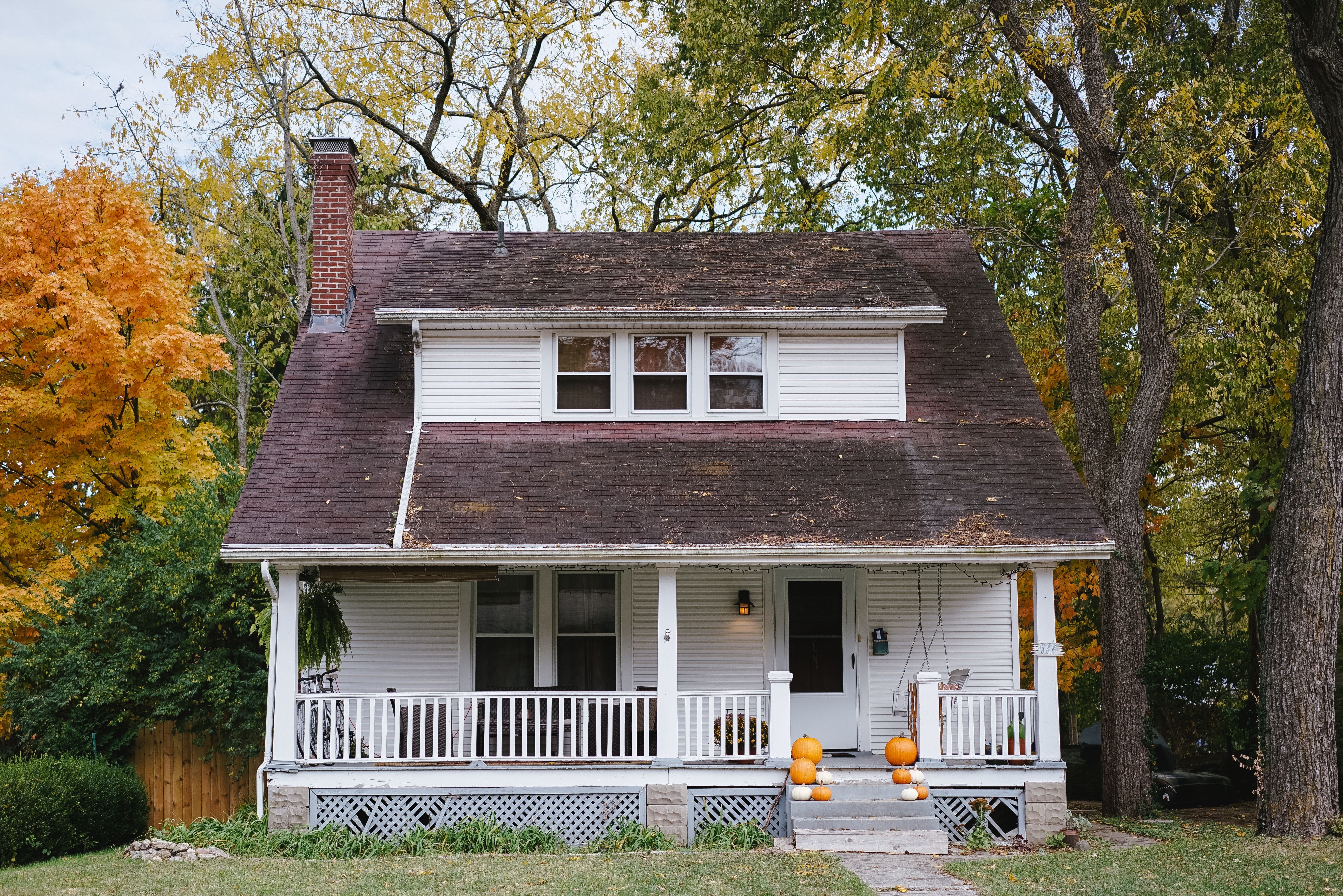COVID-19 Vaccination Appears to Give Protection to Unvaccinated Household Members
New data suggest countries with limited vaccine supplies may not need to immediately vaccinate all members of low-risk households.

When one member of a household gets vaccinated against coronavirus disease 2019 (COVID-19), that person cuts the infection risk of their unvaccinated spouse, and the benefits increase over time, according to a new report.
The research was published as a pre-print, prior to peer review and journal publication. It is based on an analysis of a Finnish database of patients who received mRNA vaccines and their family members.
Co-author Mika Kortelainen, PhD, of University of Turku and Chief Researcher at the VATT Institute for Economic Research, and colleagues, wrote that while the impacts of the vaccine on vaccinated individuals have been well documented, there has been less research into the indirect benefits of vaccination.
Kortelainen and colleagues used a national database of PCR-confirmed SARS-CoV-2 infections among vaccinated and unvaccinated healthcare workers, as well as a national administrative database to identify spouses of those healthcare workers. They then compared the incidence of COVID-19 cases between the healthcare workers and their spouses.
The data showed that two weeks after a recipient’s first dose of vaccine, the spouses of vaccinated people had 8.7% fewer cases than the spouses of unvaccinated people. By 10 weeks after the first dose, spouses of vaccinated people had 42.9% fewer cases.
“Our results suggest that mRNA-based vaccines do not only prevent SARS-CoV-2 infections among vaccinated individuals but lead to a substantial reduction in infections among unvaccinated household members,” the investigators wrote.
Koretlainen told Contagion that the data suggest the benefit comes specifically from household members, rather than from changes in the infection or vaccination rates in the region or country where a person lives.
“Having a vaccinated person in your household makes the difference in Covid-19 infections,” he said. “Our statistical model adjusts for time-varying factors such as the state of the epidemic and the overall increase in the country’s vaccination rate. Thus, the overall vaccination rate in the country should not explain our main findings.”
The findings can help public health officials better understand how vaccination affects a population on a household level, and Kortelainen said they can also be used to craft better vaccine rollout plans, especially in areas with limited vaccine supplies.
“[O]ur results suggest that it might not be necessary to vaccinate immediately all household members in low risk households,” he said. “This strategy allows one to increase the number of vaccinated households compared to a scenario where all eligible household members are vaccinated.”
Furthermore, by better understanding the indirect benefits of vaccines, governments can better understand when and how it is safe to lift restrictions designed to limit the spread of the virus, Kortelainen and colleagues concluded.
The authors said while their study was particularly designed to gauge transmission risk within households, the actual risk for particular spouses of healthcare workers may vary, since some healthcare workers are more likely than others to be directly involved in caring for patients with COVID-19.
Kortelainen and colleagues said their next focus will be to look at the indirect benefits of COVID-19 vaccination on children in the household. Such data could play an important role as regulators like the Food and Drug Administration and the European Medicines Agency consider whether to make COVID-19 vaccines available to children under the age of 12.
